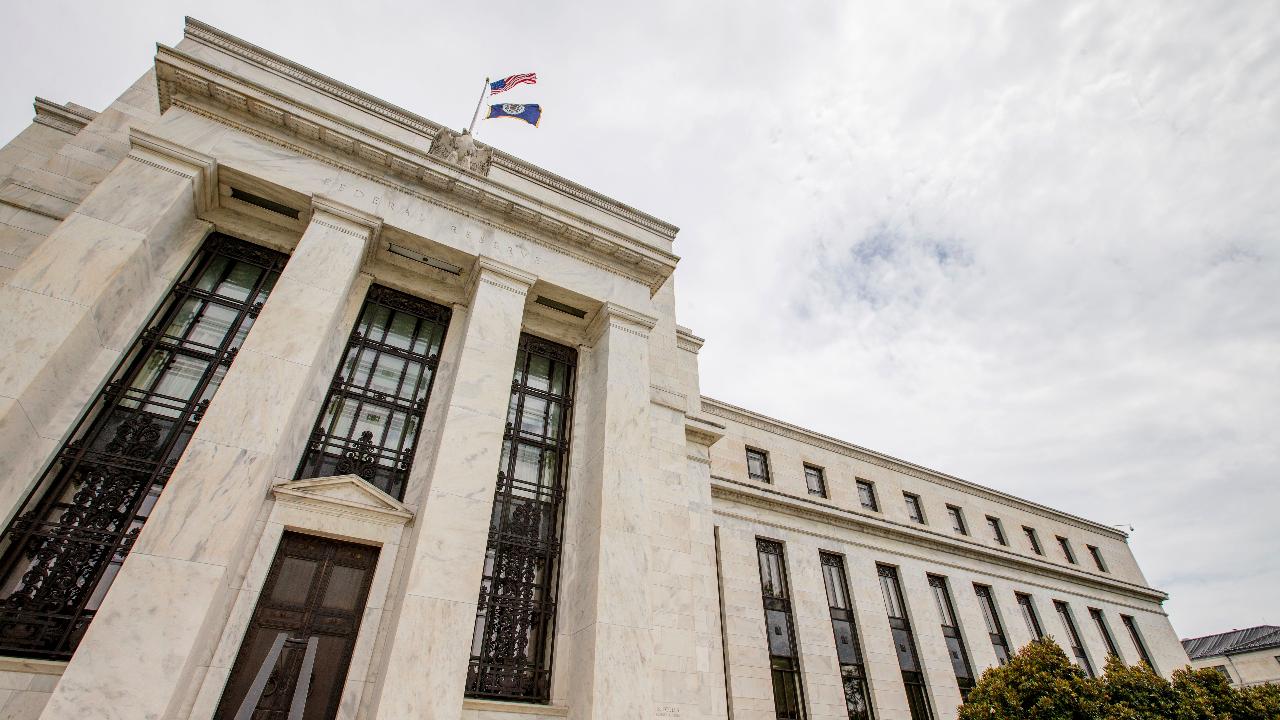Fed rate cut hopes jump after lackluster July jobs report
Concerns the Fed low interest rate policy is aggravating a financial asset bubble
FBN's Charlie Gasparino on the Federal Reserve interest rate cut and the trade tensions with China.
Wall Street’s hopes for a second Federal Reserve rate cut this year spiked after a lackluster July jobs report on Friday, which saw the U.S. economy add a healthy, but ultimately unremarkable, 164,000 jobs — right in line with analysts’ expectations.
Although fairly solid, the Department of Labor’s report still revealed evidence of a moderate slowdown and softness in sectors particularly vulnerable to trade uncertainty, like manufacturing, which has seen its job growth slow sharply this year. Year-to-date, the industry has only expanded, on average, by 22,000 jobs per month.
"The Fed is largely easing policy because of the possibility that trade tensions will impact the global economy and the feedback into the U.S. economy would be negative," said Chris Zaccarelli, chief investment officer for Independent Advisor Alliance. "And that calculus appears to be correct."
Rate cut predictions jumped on Friday following the jobs report, as well as the end of a tariff ceasefire in the U.S.-China trade war. President Trump, the previous day, levied a 10 percent tariff on $300 billion worth of Chinese goods, prompting Beijing to threaten to retaliate.
Almost 100 percent of traders — 99.6 percent — think the Fed will make another 25-basis point cut during the September policy-setting meeting, lowering rates to a range between 1.75 percent and 2 percent, according to the CME Group’s FedWatch tool. (A tiny percentage think the Fed could make a 50-basis point cut).
On Wednesday, after the Fed lowered the benchmark federal funds rate for the first time since the financial recession, hopes for a second cut were dim (some traders even thought there could be a rate hike), with Wall Street interpreting it as a one-and-done policy maneuver to stave off economic sluggishness.
Fed Chairman Jerome Powell ruled out the possibility of multiple rate cuts, but he suggested policymakers could lower the benchmark federal funds rate again this year, depending on lingering uncertainties: the trade war, Brexit and slowing global growth.
"We’re seeing that it’s appropriate to adjust policy to a somewhat more accommodative stance over time, and that’s how we’re looking at it," Powell said.
Language in the Federal Open Market Committee’s policy statement certainly left the door open for a second rate cut. In approving the 25-basis point reduction, policymakers cited "the implications of global developments in the economic outlook as well as muted inflation pressures" and said they will continue to "act as appropriate" to maintain the economic expansion.
CLICK HERE TO GET THE FOX BUSINESS APP
"It’s not the beginning of a long series of rate cuts," Powell told reporters on Wednesday. "I didn’t say it was just one, or anything like that."
The next FOMC meeting will take place Sept. 18-19.





















